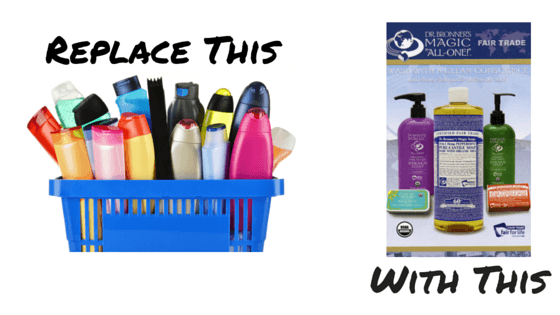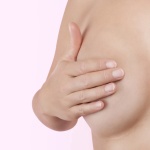On my recent wondrous trip to Peru’s Amazon River basin, we stayed in a retreat center far from any city. There was electricity only for a handful of hours a day from a generator and no waste disposal system. Because of the delicate ecology of this most precious part of our planet, we were asked to use only organic and biodegradable personal care products.
This wasn’t much of a problem for me, since I have been an avid label reader and researcher into the toxic chemicals that surround us every day, often in places we don’t notice. Our morning bathroom routine is probably among the most toxic. I read somewhere that most of us have been exposed to 78 toxic and possibly cancer-causing chemicals by the time we finish showering and brushing our teeth each morning.
I don’t have any way of verifying those numbers, but I do know that the shampoos, shower gels, toothpaste, deodorant, toilet paper and even the water with which we use, all of them are incredibly toxic.
If you want further information on toxic personal care products, I recommend the Environmental Working Group’s site.
I’ve done almost everything necessary to minimize the toxins in my personal care products. I long ago ditched deodorants that contain aluminum, shampoos, soaps and body washes with parabens, BPA and a wide variety of carcinogens, toothpaste with endocrine-disrupting fluoride. I recently banished endocrine disrupting nail polishes.
But my trip to Peru presented a unique problem: Not only was I deeply committed to respecting the sacred soil of the Amazon region, I would be traveling for nearly three weeks and I need something completely biodegradable and non toxic that would serve multiple purposes for washing hair, body, teeth and clothes.
My quest took me to Google, of course, where I re-discovered an old friend: Dr. Bronner’s castile soap. Any castile soap will probably do, this is just one that brings back fond memories with its iconic cluttered label replete with a wealth of wise advice.
My grandmother used it. I used it for a while in my younger years and then moved on to other products. The Dr. Bronner’s website calls them “magic soaps,” for a good reason.
By definition, castile soap is made without the animal fats used in most soaps. It’s basically olive oil, water and sodium hydroxide. Some formulations add essential oils, including peppermint, which makes it a bit more palatable as a toothpaste substitute.
Dr. Bronner’s website boasts that its organic fair trade product can be used for “washing your face, body, hands and hair, for bathing, shaving, brushing your teeth, rinsing fruit, aromatherapy, washing dishes by hand, doing laundry, mopping floors, all-purpose cleaning, washing windows, scrubbing toilets, washing dogs, controlling dust mites, and killing ants and aphids” and more.
This pretty much filled the bill for our trip to Peru. One medium-sized bottle to take care of everything I needed (no need for dog shampoo or toilet cleaning on this trip, but certainly when we got home).
It did everything I needed and didn’t dry out my somewhat cantankerous skin and hair, even without conditioner. I did try it out beforehand to be sure I wouldn’t have a haystack on my head for those obligatory vacation selfies. It washed my clothes, cleaned my teeth and worked as shaving cream.
And it’s cheap. I was able to buy a half-gallon bottle for just over $30, which I subdivided into an 8-ounce container for the trip. I’m guessing it will take another year to use up the rest of that bottle, maybe somewhat less after my laundry experiment with it. It’s also very concentrated, so a few drops do the job.
We’re happily home from a wonderful trip, but Dr. Bronner’s is back in my cabinet and, as I clean out the closets in honor of the new year, it will replace many other products I no longer need.








This is all fascinating. I need to get on board. What I really need is something to burn belly fat!